How global food production impacts the Paris Agreement
AGreenLiving
NOVEMBER 9, 2020
Between 2012 and 2017, food systems were responsible for about 16 billion tons of CO2 each year. At this rate, we won’t be able to meet the Paris Agreement objective of keeping the global warming increase within 2° Celsius — or, preferably, 1.5° — of preindustrial levels by 2100. He cited the U.S.,



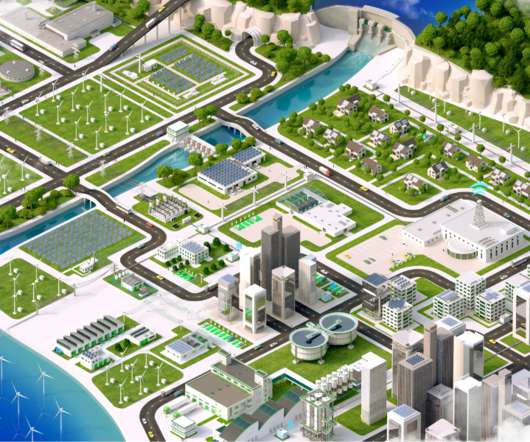
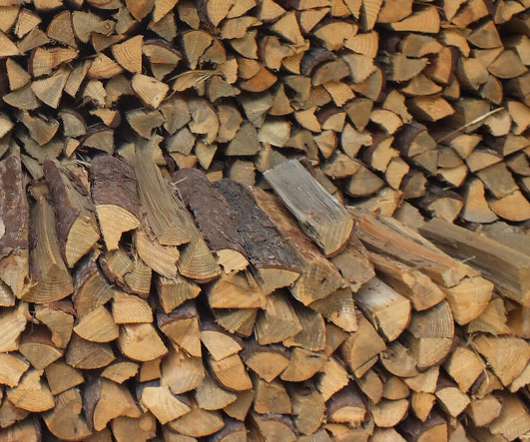
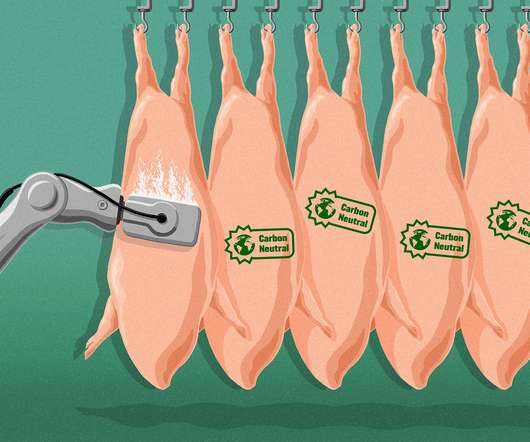
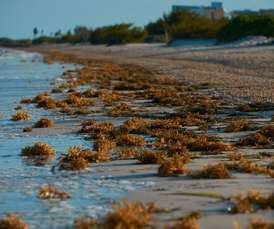




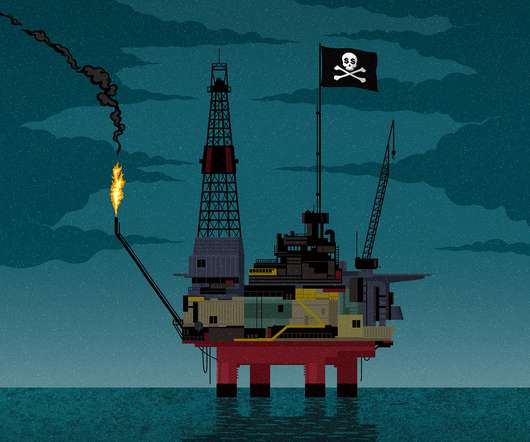








Let's personalize your content